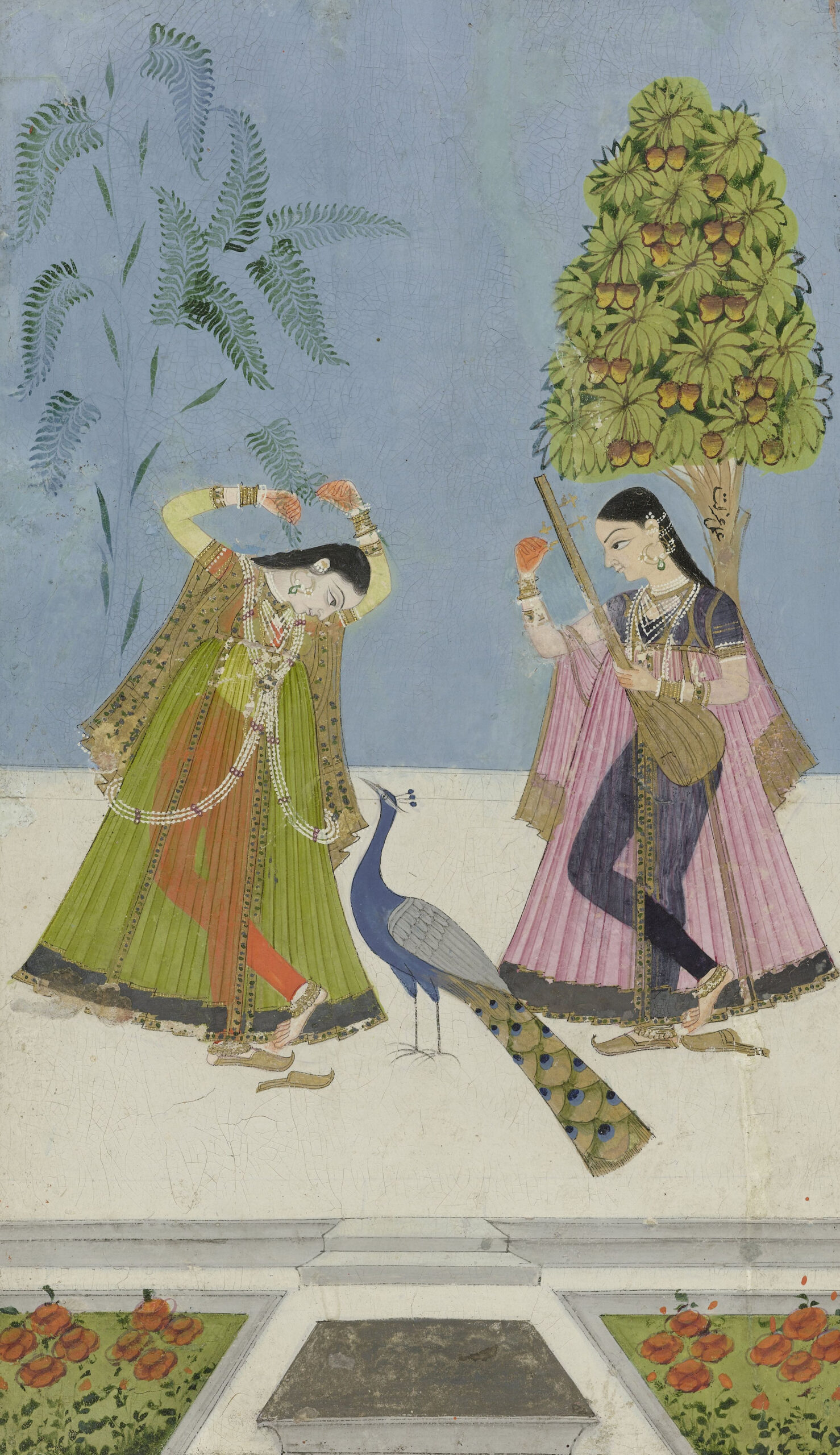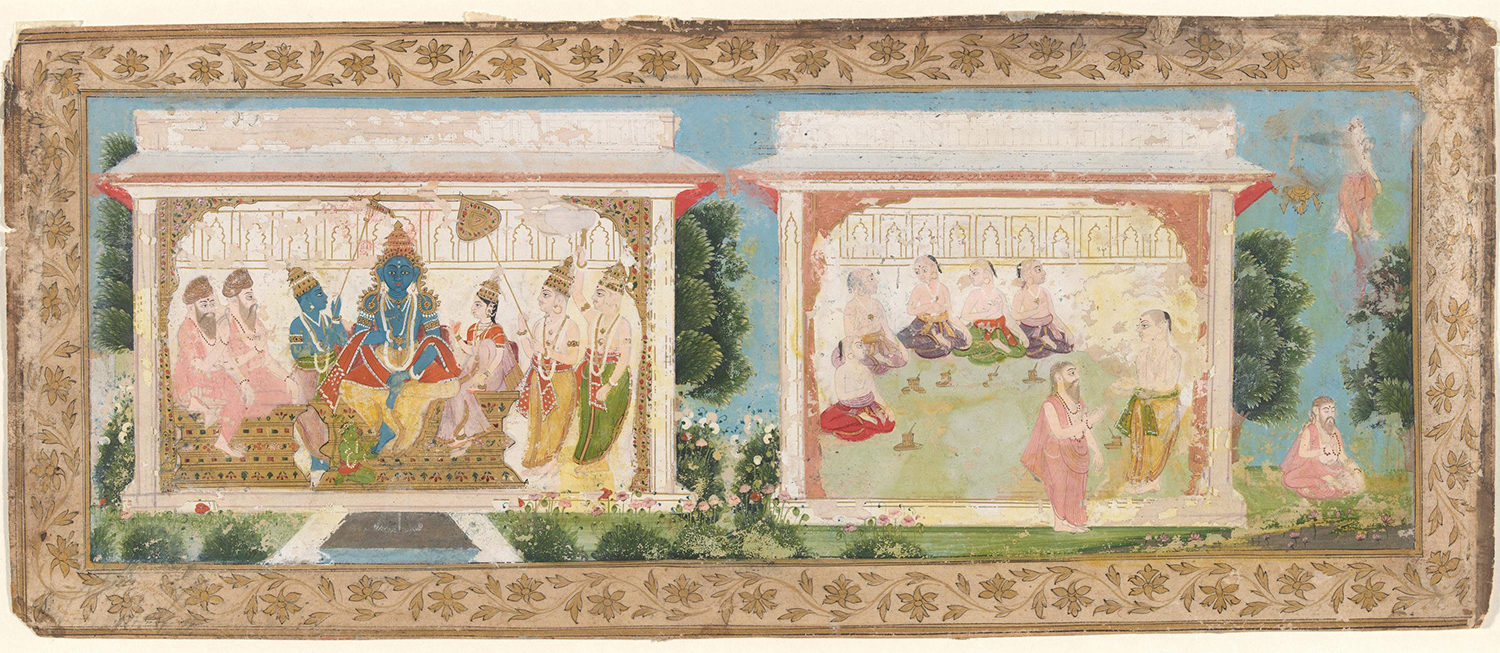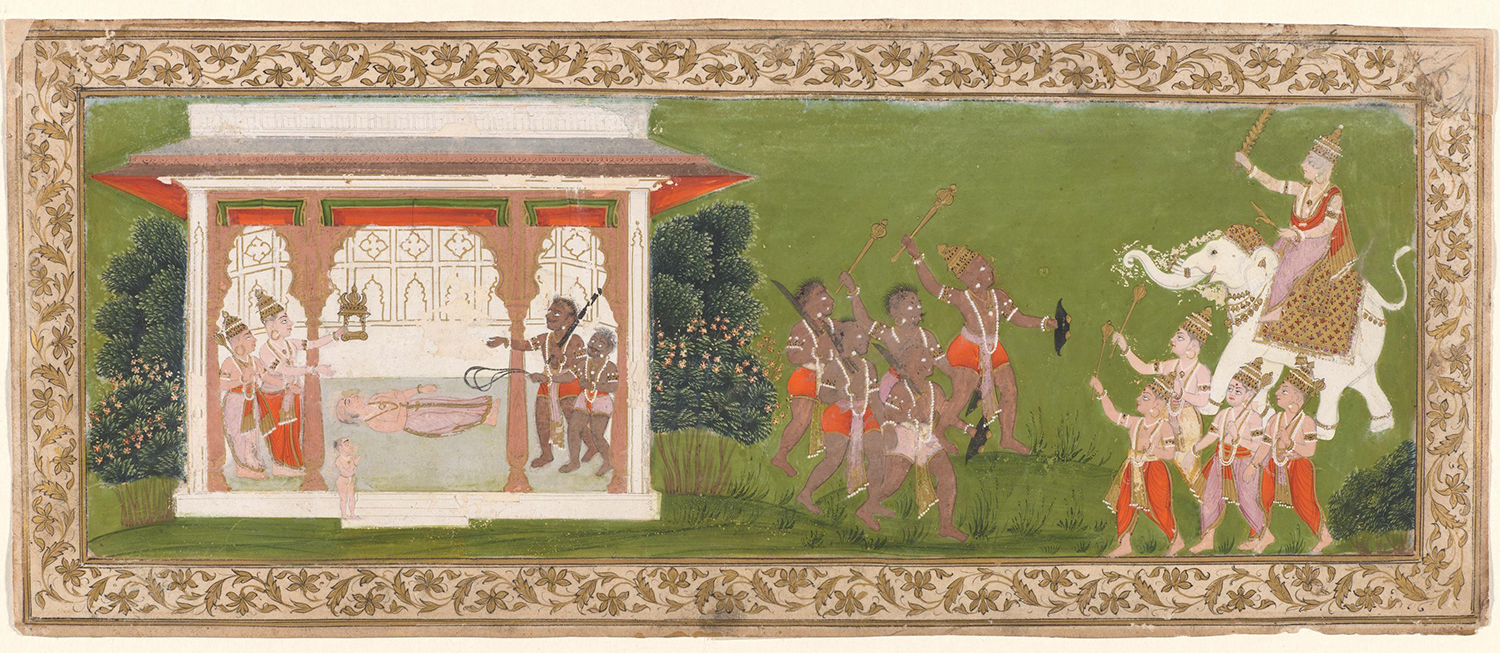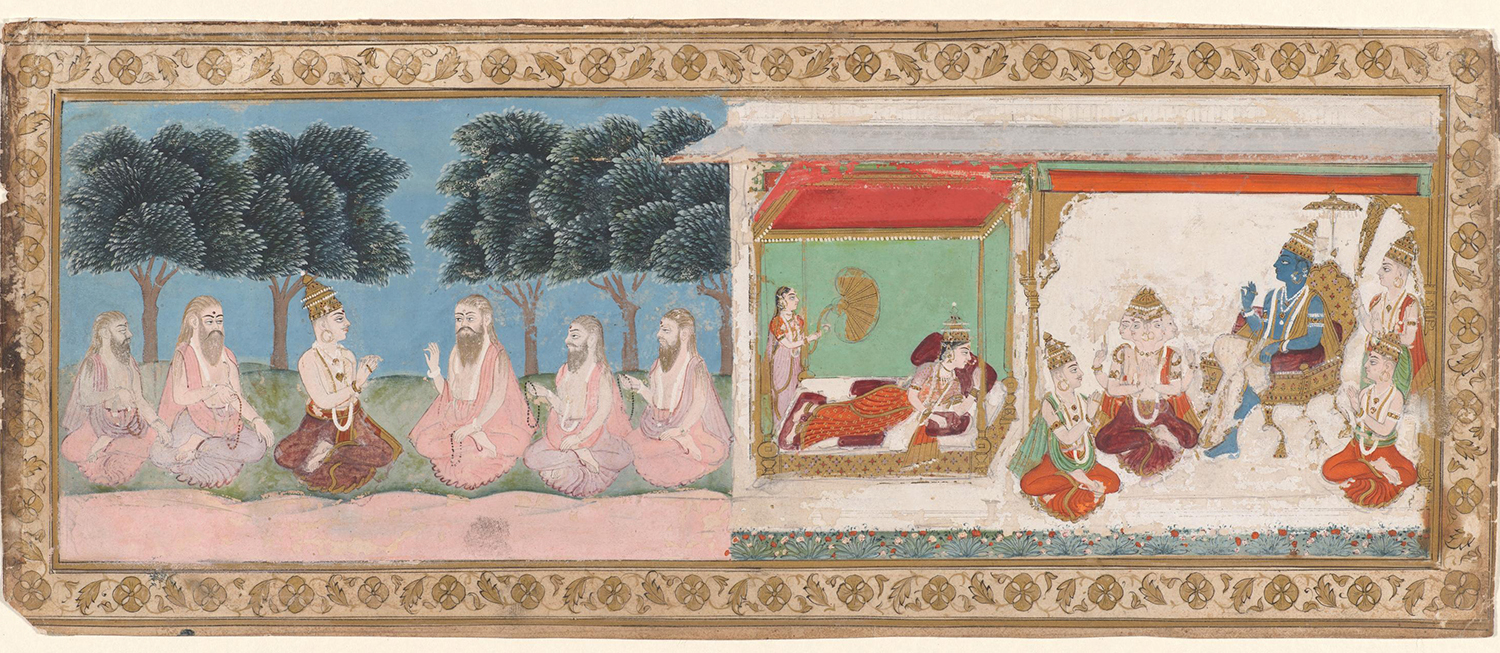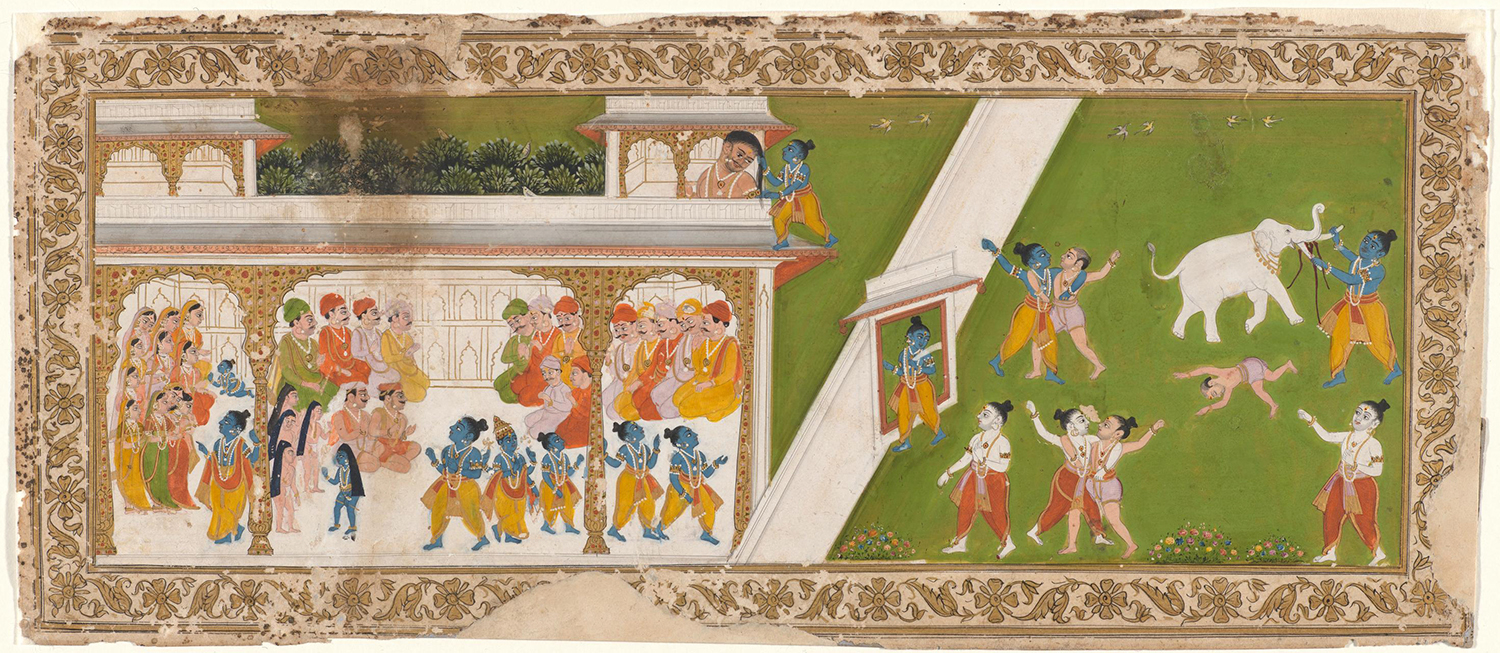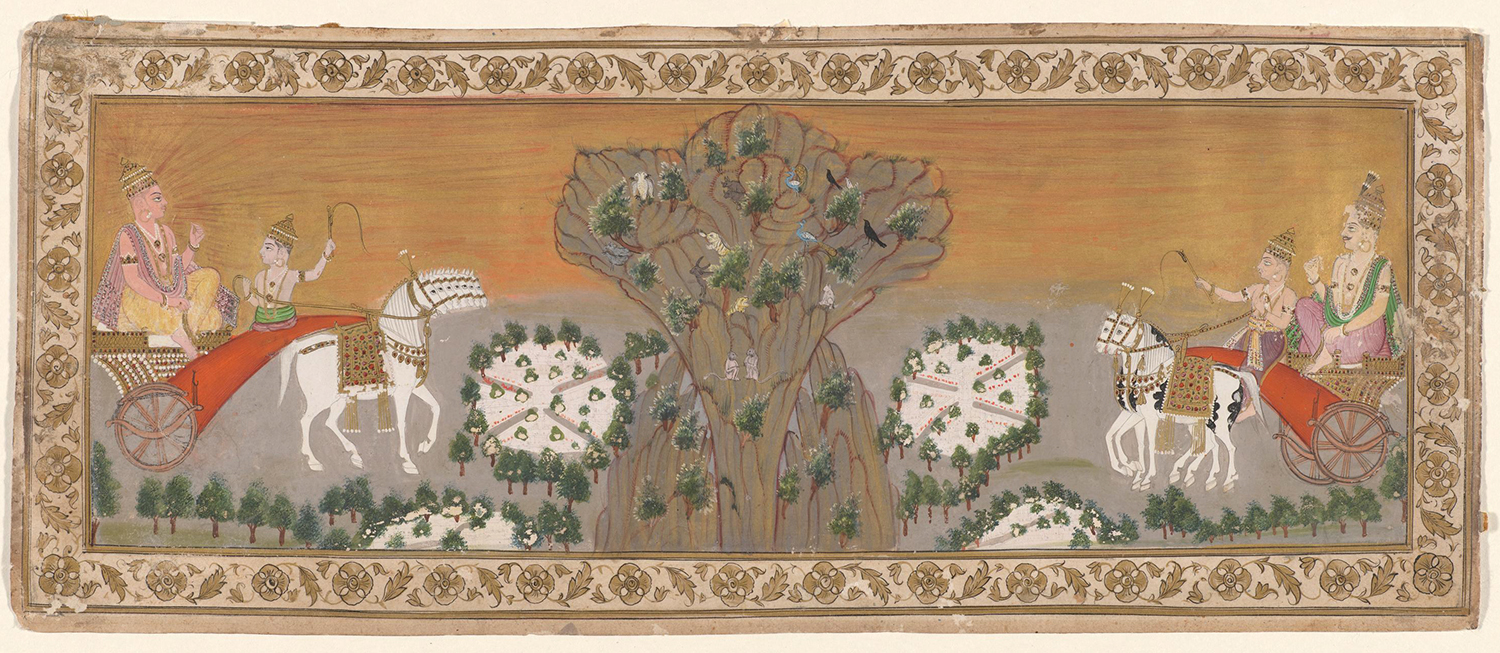ARTICLE
Surpur Painting
Surpur paintings can be found in the collections of the Salarjung Museum, Hyderabad and the art gallery of the Jaganmohan Palace, Mysuru. At the time of writing, artists have largely stopped producing Surpur paintings, shifting their focus to other, more lucrative forms of art, although a few artists from the older generation continue practising the art form. The Kalaburagi-based artist and art-collector Vijay Siddaramappa Hagargundgi is credited with attempting to revive and popularise the artform in recent times.
Bibliography
Google Arts and Culture. “Marvels of Mysore.” Accessed January 17, 2023. https://artsandculture.google.com/story/oQXxC4gdIlJCxA.
Ranjan, Aditi, and M.P. Ranjan. Handmade in India, Ahmedabad: National Institute of Design (NID) and Mapin. 2007.
Sivanandan, T.V. “Surpur miniature art faces extinction.” The Hindu. July 02, 2015. Accessed January 27, 2023. https://www.thehindu.com/news/national/karnataka/surpur-miniature-art-faces-extinction/article7376926.ece.
Dharmendra, HS. “Biodata.” Vijay Hagargundgi: 2013. Accessed October 30 2023. http://hagargundgi.blogspot.com/2013/




